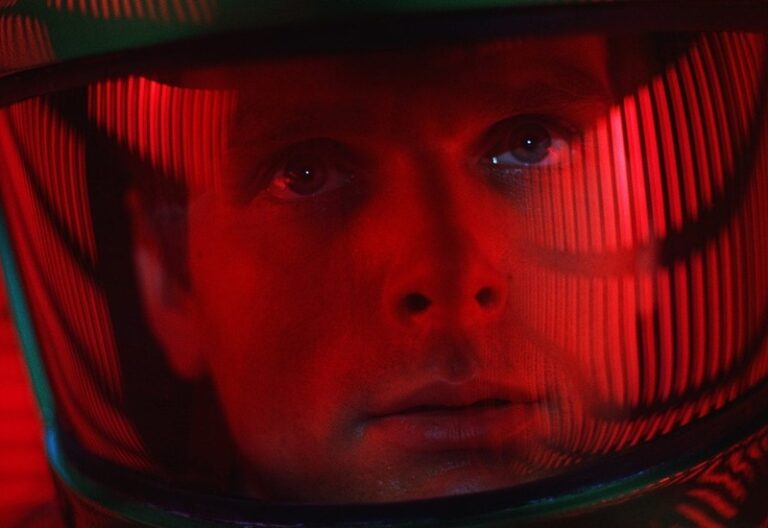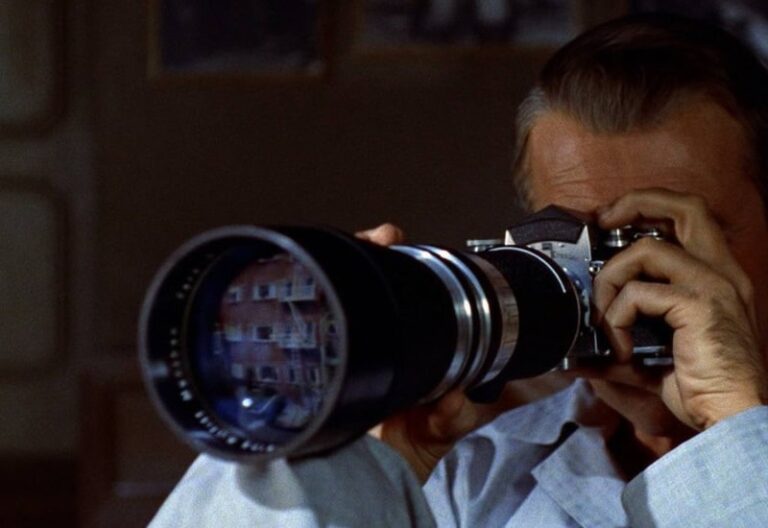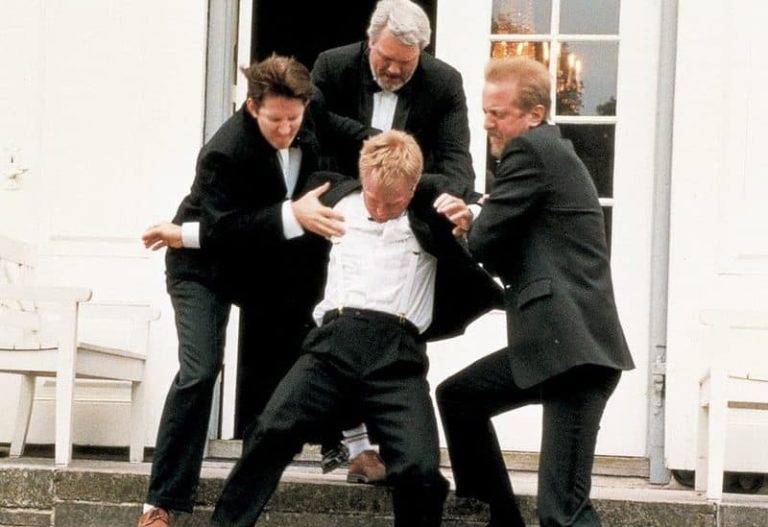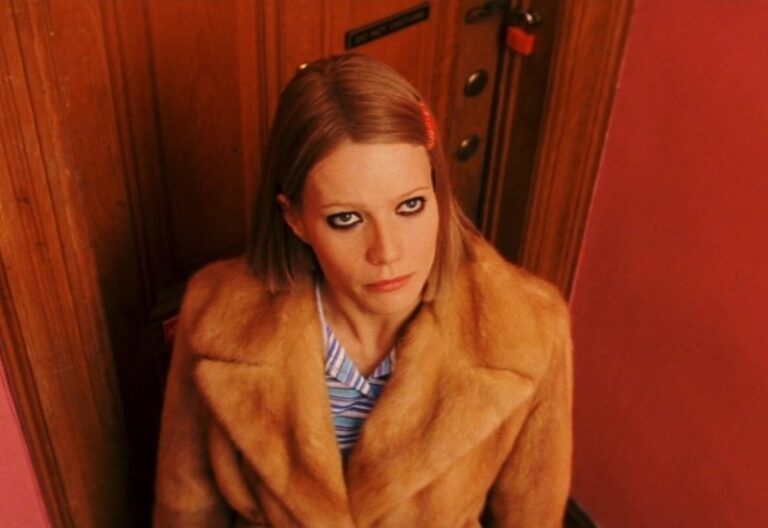what is postmodernist film?
Postmodernist film emerged in the latter half of the 20th century, rooted in the broader cultural and philosophical movement of postmodernism. It started as a reaction to the limitations and failures of modernism, particularly after the social upheavals of the 1960s and 1970s. Spanning various fields, including art, literature, architecture, and cinema, postmodernism aimed to question the norms of its time and embrace new forms of expressions.
Published by: CinemaWaves Team | Filed Under: Film Blog
Origins of Postmodernist Film
Philosophically, postmodernist thought drew heavily from figures like Jean-Francois Lyotard, who introduced the concept of “the postmodern condition,” and Jean Baudrillard, who explored ideas of hyperreality. These philosophers emphasized de-centered nature of contemporary existence and challenged the grand narratives of modernism. Technological advancements in media, such as television, video, and digital media, also played a crucial role in shaping postmodernist cinema by enabling new forms of storytelling and self-referentiality.
The cultural shifts of the counterculture movements in the 1960s and 1970s, with their emphasis on questioning authority, tradition, and social norms, laid the groundwork for the experimental and subversive tendencies of postmodernist film. Additionally, early modernist filmmakers like surrealist Luis Bunuel, New Wave’s Jean-Luc Godard, and Orson Welles, paved the way with their innovative techniques and willingness to break from conventional cinema.

Characteristics of
Postmodernist Film
Postmodernist film is characterized by its departure from traditional narratives, structures, and techniques, embracing a diverse array of storytelling methods. Here are some defining elements:
Deconstruction of genre: Postmodernist films often deconstruct traditional genres, mixing elements from various genres to create hybrid forms. This genre-bending approach questions the rigidity and boundaries of genre classifications, allowing for a more fluid and dynamic narrative structure.
Temporal distortion: Time itself can be manipulated in postmodernist films. This can include time loops, parallel timelines, and anachronistic elements that disrupt the linear flow of the narrative. By doing so, these films challenge viewers’ perceptions of time and reality, creating a more immersive and thought-provoking experience.
Cultural commentary: They frequently offer critical commentary on contemporary culture, consumerism, and the media, reflecting on the commodification of culture and the impact of mass media on society. Satire and irony are commonly used to highlight the absurdities and contradictions of modern life.
Identity and subjectivity: Postmodernist films explore complex notions of identity, presenting fragmented, unstable, and multiple identities. Characters may grapple with questions of authenticity and the nature of the self, highlighting the fluid and constructed nature of identity in the postmodern world.
Visual style: The visual style of postmodernist films is rather eclectic, drawing on various aesthetic traditions and techniques. This can include everything from pastiche and collage to hyperrealistic and surreal imagery, creating a visually rich and diverse cinematic experience.

Notable Postmodernist Filmmakers and Films
Quentin Tarantino: Known for his eclectic style, non-linear narratives, and intertextual references, Tarantino’s films like “Pulp Fiction” and “Reservoir Dogs” are quintessential examples of postmodernist cinema. These works often pay homage to various genres and cinematic traditions while simultaneously subverting them.
David Lynch: Lynch’s work, including “Blue Velvet” and “Mulholland Drive,” exemplifies postmodernist themes of reality, identity, and the subconscious, employing surreal and dreamlike visuals. His films challenge conventional narrative structures and invite viewers into a mysterious, unsettling world.
The Coen Brothers: Films like “Fargo” and “The Big Lebowski” blend genres and use dark humor, irony, and intertextual references to create unique, layered narratives. Their storytelling is marked by an unpredictable tone and a distinctive visual and thematic style that often parodies classic genres.
Paul Thomas Anderson: Anderson’s films, such as “Magnolia” and “Boogie Nights,” feature ensemble casts, intersecting storylines, and an exploration of American culture and identity. Meticulous attention to detail and character development creates deeply immersive and emotionally resonant films.
Charlie Kaufman: Kaufman’s screenplays and directorial efforts, including “Being John Malkovich” and “Eternal Sunshine of the Spotless Mind,” delve into the complexities of memory, identity, and the human psyche. Blurring the line between reality and fantasy, his work creates deeply philosophical and existential narratives.
Legacy and influence
Postmodernist film has had an immense impact on contemporary cinema, influencing a wide range of filmmakers and genres. Its emphasis on innovation, self-reflexivity, and cultural critique has expanded the possibilities of cinematic storytelling, allowing directors to experiment with new forms and challenge traditional narratives. Techniques such as non-linear storytelling, genre blending, and intertextuality have become commonplace, showing the broad influence of postmodernist principles.
These techniques have been absorbed into mainstream cinema and commercial films with directors like Christopher Nolan and The Wachowskis, and blurring the lines between arthouse. The questioning of reality, identity, and cultural norms continues to resonate with contemporary audiences, while digital technology and social media amplify postmodernist themes.
Refer to the main page for more educational insights on filmmaking and cinema history.
Film theory is the academic discipline that explores the nature, essence, and impact of cinema, questioning their narrative structures, cultural contexts, and psychological…
Apparatus theory theory was a dominant film theory during the 1970s, rooted in Marxist, psychoanalytic, and structuralist thought. It examines how the cinematic experience…
Auteur theory is a critical framework in film studies that views the director as the primary creative force behind a film, often likened to an “author” of a book. This theory suggests…
In the mid-1990s, a group of Danish filmmakers, led by the visionary minds of Lars von Trier and Thomas Vinterberg, embarked on a cinematic journey that would disrupt…
American eccentric cinema is a distinctive style of filmmaking that surfaced in the late 20th and early 21st centuries, characterized by its quirky characters, whimsical…
Experimental film, referred to as avantgarde cinema, is a genre that defies traditional storytelling and filmmaking techniques. It explores the boundaries of the medium, prioritizing…






